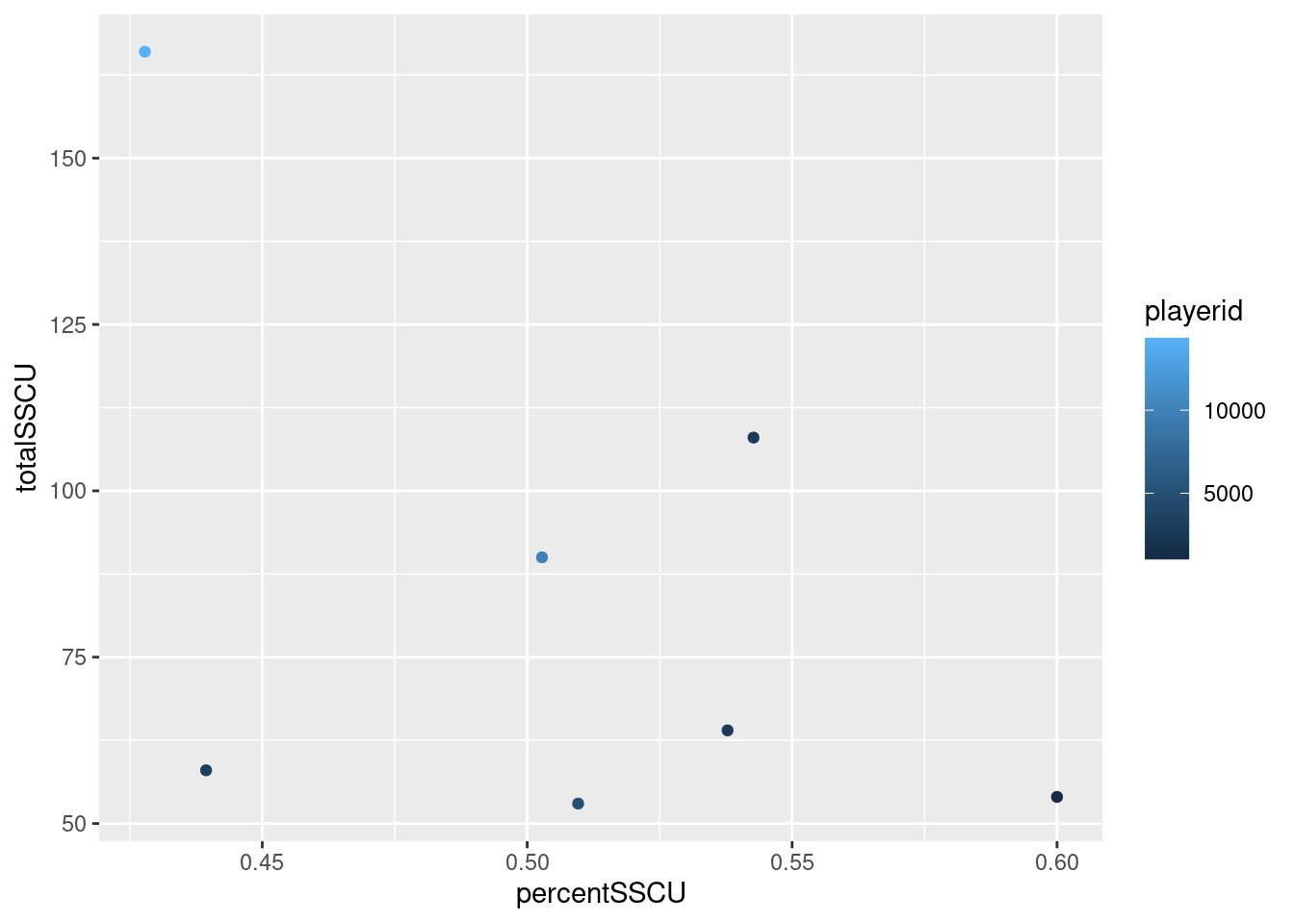# A tibble: 5 × 48
SEQN SDDSRVYR RIDSTATR RIAGENDR RIDAGEYR RIDAGEMN RIDRETH1 RIDRETH3 RIDEXMON
<dbl> <dbl> <dbl> <dbl> <dbl> <dbl> <dbl> <dbl> <dbl>
1 62161 7 2 1 22 NA 3 3 2
2 62162 7 2 2 3 NA 1 1 1
3 62163 7 2 1 14 NA 5 6 2
4 62164 7 2 2 44 NA 3 3 1
5 62165 7 2 2 14 NA 4 4 2
# ℹ 39 more variables: RIDEXAGY <dbl>, RIDEXAGM <dbl>, DMQMILIZ <dbl>,
# DMQADFC <dbl>, DMDBORN4 <dbl>, DMDCITZN <dbl>, DMDYRSUS <dbl>,
# DMDEDUC3 <dbl>, DMDEDUC2 <dbl>, DMDMARTL <dbl>, RIDEXPRG <dbl>,
# SIALANG <dbl>, SIAPROXY <dbl>, SIAINTRP <dbl>, FIALANG <dbl>,
# FIAPROXY <dbl>, FIAINTRP <dbl>, MIALANG <dbl>, MIAPROXY <dbl>,
# MIAINTRP <dbl>, AIALANGA <dbl>, WTINT2YR <dbl>, WTMEC2YR <dbl>,
# SDMVPSU <dbl>, SDMVSTRA <dbl>, INDHHIN2 <dbl>, INDFMIN2 <dbl>, …








